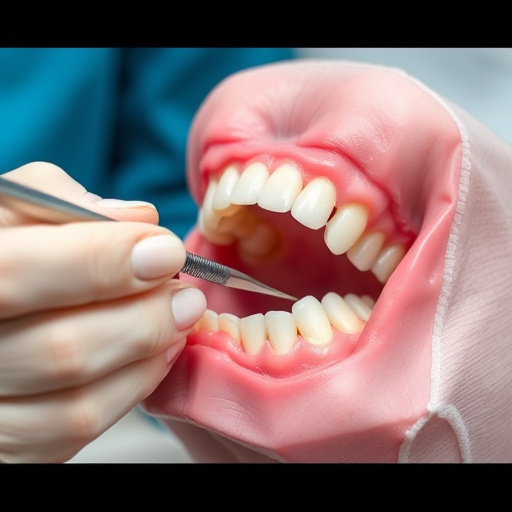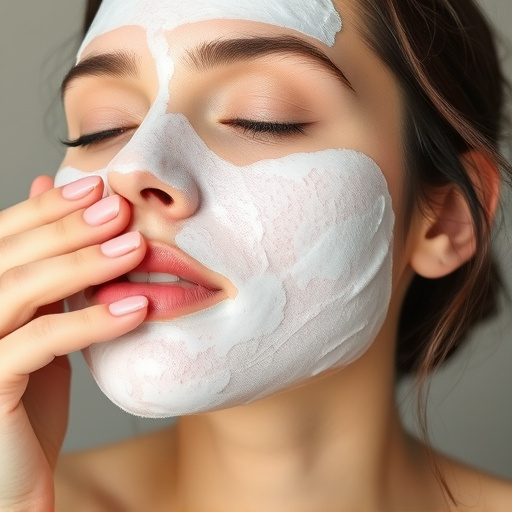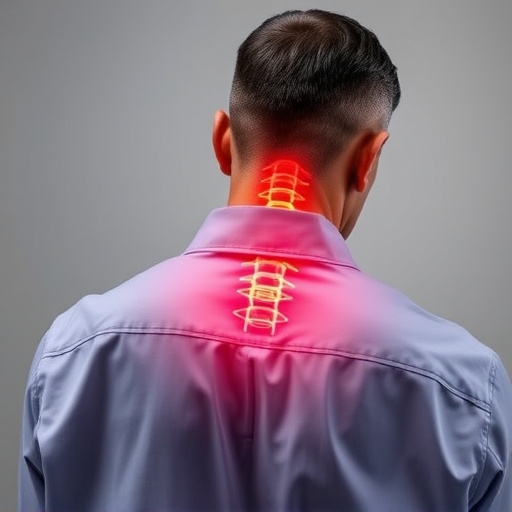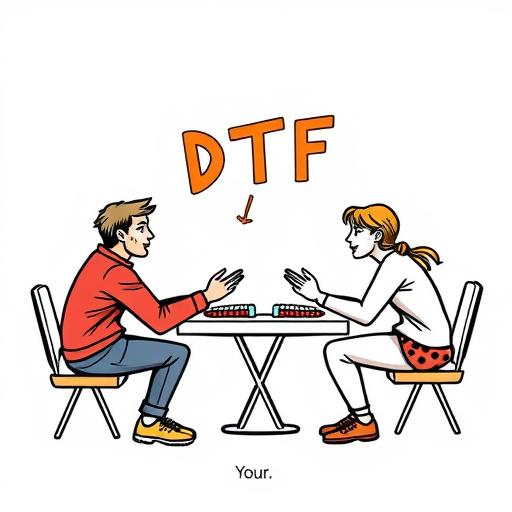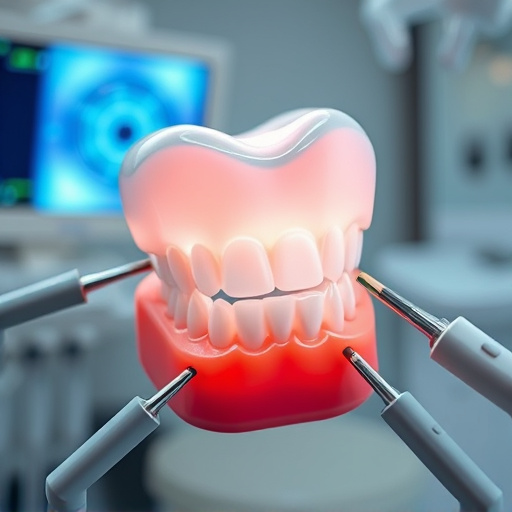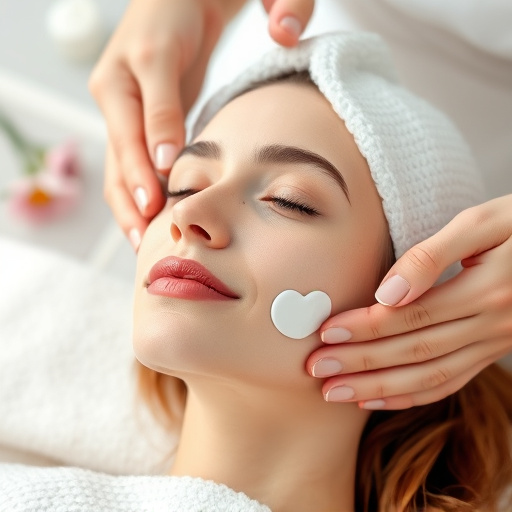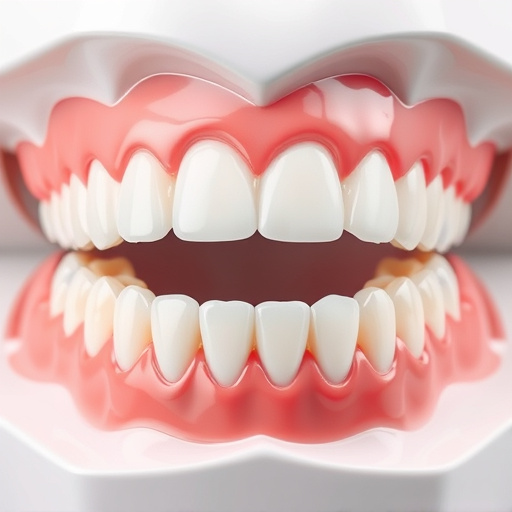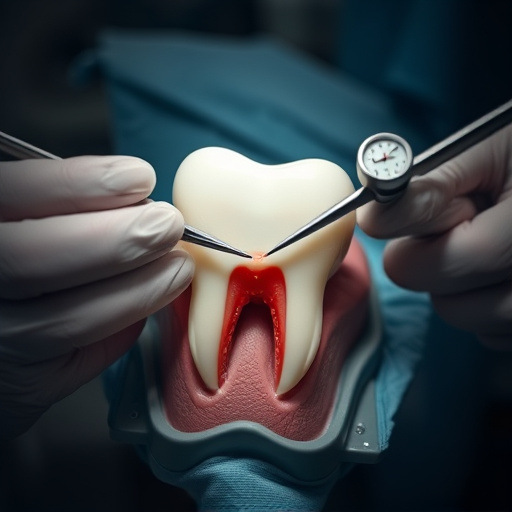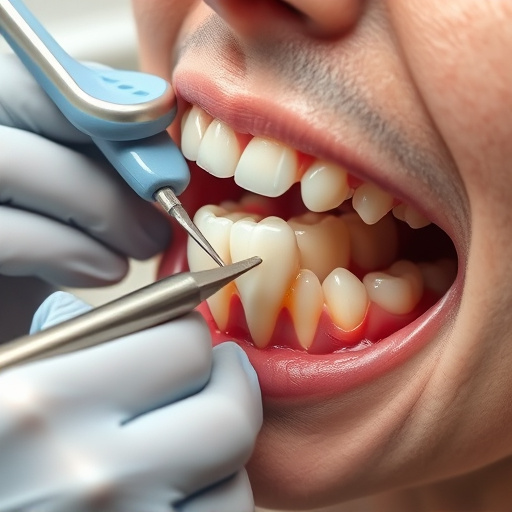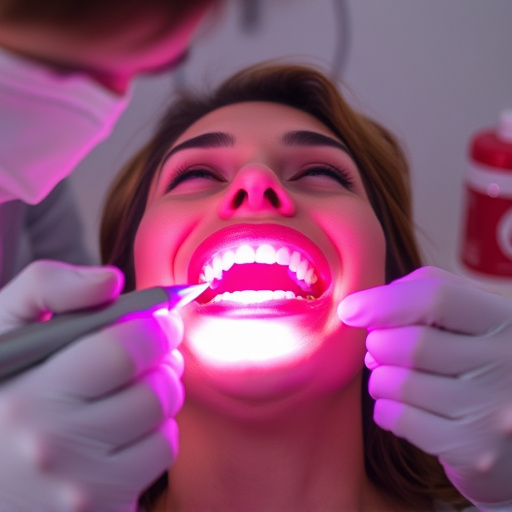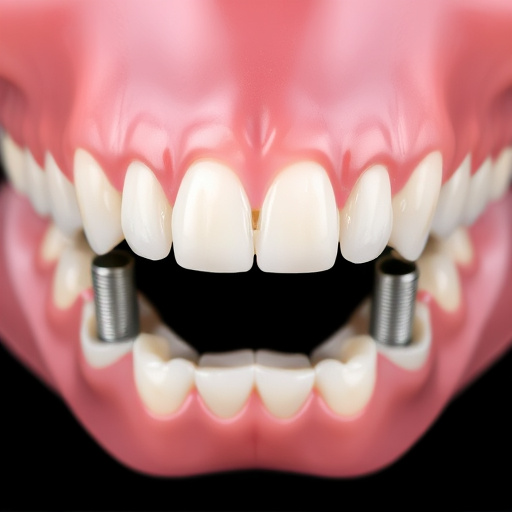Multilingual dental staff are transforming oral healthcare by breaking language barriers and bridging cultural gaps. Their integration in diverse practices enhances patient access, understanding, and satisfaction through tailored care in various languages. By using interpretation services, visual aids, and clear communication training, these professionals ensure culturally sensitive and clinically competent care. This enables communities to take control of their oral health, reducing disparities and promoting equity for all patients, regardless of linguistic background, with a particular impact on children's dentistry and future oral health prevention.
“Multilingual dental staff are transforming oral health equity, breaking down language barriers that have long hindered access to quality care. This article explores the profound impact of cultural competence and language proficiency in diverse dental settings.
We delve into strategies that enhance access and improve patient care, focusing on how multilingual professionals empower communities and promote oral health awareness across different linguistic and cultural backgrounds.”
- Breaking Barriers: The Role of Multilingual Dental Staff in Overcoming Language Obstacles
- Enhancing Access and Care: Strategies for Effective Communication in Diverse Dental Settings
- Empowering Communities: How Cultural Competence and Language Proficiency Drive Oral Health Equity
Breaking Barriers: The Role of Multilingual Dental Staff in Overcoming Language Obstacles
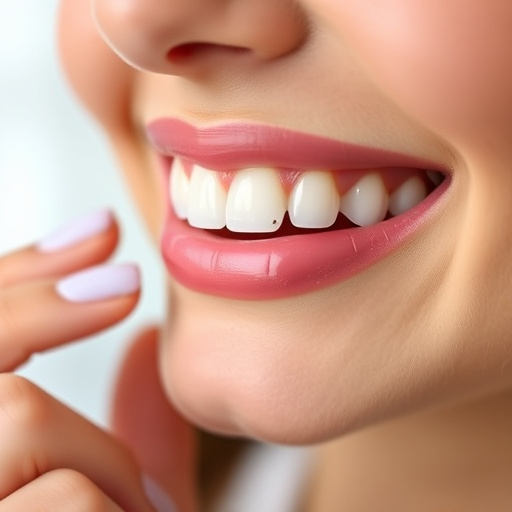
Breaking Barriers: The Role of Multilingual Dental Staff in Overcoming Language Obstacles
In many communities, language barriers have long been an unaddressed challenge in oral healthcare. This issue significantly impacts access to quality dental care, particularly for immigrants and non-native speakers. However, the presence of multilingual dental staff is transforming this landscape. These professionals act as cultural bridges, ensuring that every patient receives comprehensive and accessible dental services. By offering care in multiple languages, they break down communication barriers, fostering trust and understanding between patients and providers.
This accessibility is crucial in various aspects of general dentistry, including routine check-ups, cleanings, and preventive treatments. Moreover, it extends to specialty areas such as cosmetic dentistry, where patient comfort and clear communication are essential for procedures like dental bonding. Multilingual staff enable patients to actively participate in their oral health decisions, leading to better outcomes and increased satisfaction.
Enhancing Access and Care: Strategies for Effective Communication in Diverse Dental Settings
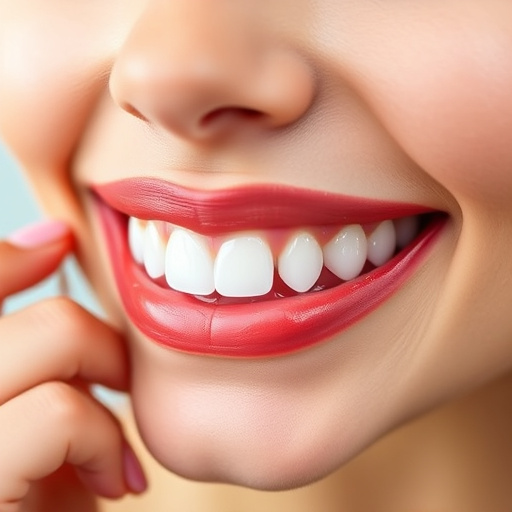
In diverse dental settings, effective communication between patients and staff is key to enhancing access and care. Multilingual dental staff play a pivotal role in bridging this gap by providing services in languages other than English. This not only ensures that patients from various ethnic and cultural backgrounds feel more comfortable but also facilitates a deeper understanding of their specific needs. For instance, when discussing complex procedures like tooth extractions or performing routine tasks such as dental cleanings, multilingual dentists can clearly explain the process, address concerns, and offer tailored advice based on individual patient histories.
By incorporating strategies for effective communication, dental practices can foster an inclusive environment. This includes employing interpretation services, utilizing visual aids, and training staff to use simple, clear language. Such approaches ensure that every patient receives care that is not only culturally sensitive but also clinically competent. Ultimately, these efforts contribute to better oral health outcomes, reducing disparities in dental care and promoting equity for all patients, regardless of their linguistic or cultural background.
Empowering Communities: How Cultural Competence and Language Proficiency Drive Oral Health Equity
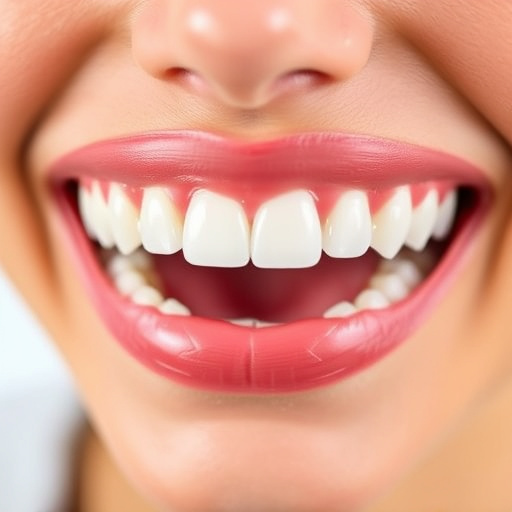
Multilingual dental staff play a pivotal role in empowering communities and fostering oral health equity, especially within diverse populations. Cultural competence and language proficiency are key drivers in this endeavor. When dental professionals can communicate effectively with patients from various linguistic and cultural backgrounds, it opens doors to better understanding and addressing unique oral health needs.
In many communities, language barriers have historically hindered access to quality dental care. Multilingual staff members serve as cultural bridges, ensuring that every patient receives personalized attention and education. This is particularly significant in children’s dentistry, where early oral health interventions can prevent future issues like tooth extractions or the need for complex procedures such as dental implants. By breaking down communication barriers, these staff members enable communities to take charge of their oral health, leading to more equitable outcomes across different demographics.
Multilingual dental staff are instrumental in achieving oral health equity by breaking language barriers, enhancing access to care, and empowering communities. Their cultural competence and language proficiency ensure that diverse populations receive the comprehensive dental care they deserve, fostering a healthier and more inclusive society. By implementing strategies outlined in this article, dental practices can create welcoming environments for all patients, ultimately improving oral health outcomes across communities.
